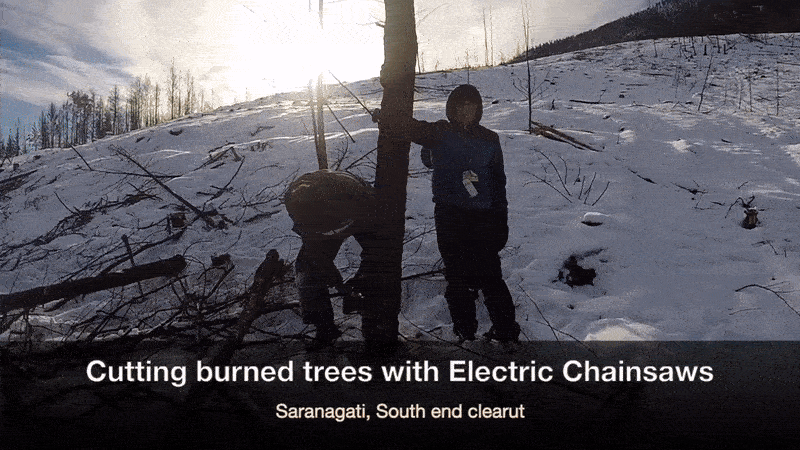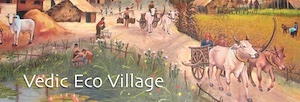We are stewarding 70 acres of pasture land, forests, hills and waterways.
Our forest are overcrowded and starving, so we need to reduce the amount of trees. The trees are fighting for limited resources. We need to remove low grade trees, dying trees, and crowded areas. This increases spacing with all the good strong healthy trees. We are building water lenses in our forests to increase humidity.
Grasses, flowers, animals, birds, bugs, carnivores, rabbits, deer and all other wildlife would flourish in a healthy forest. Healthy forests don’t have pests like pine beetles. Healthy forests are designed to survive wildfire.

Forestry Goals 2025:
- nourish and revitalize the forest
- transform burned logs into firewood and building materials
- fire safe our homes & surrounding areas
- implement sustainable forest practices
- start cottage industries for locals
Created by Vedic Eco Village, Venables Valley, Nlaka’pamux unceded territory.

